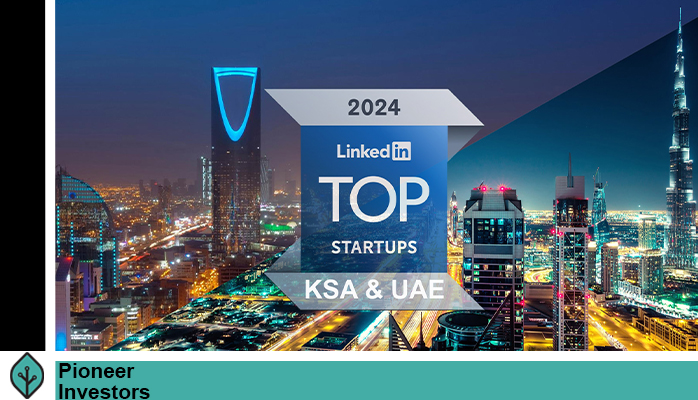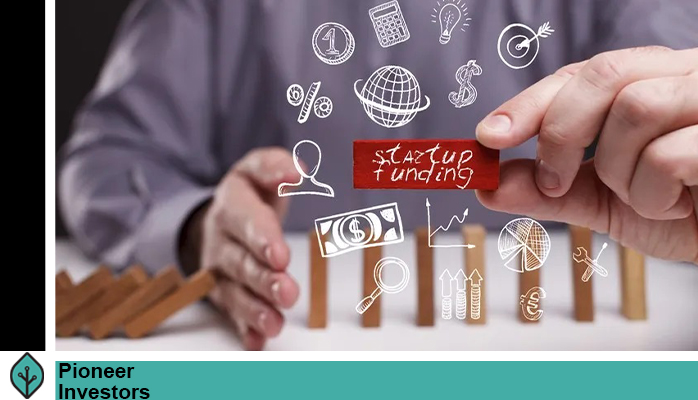$3.43 billion was invested in Arab startups during 2022

$3.43 billion was invested in Arab startups during 2022
Pioneer Investors – Startups around the world were the most affected ones in 2022, since investors slowed down the pace of their funding for more technology companies, due to the ambiguity of the global economic perspective. It was mostly because of the emergence of signs of a global economic recession which consequently affected Arab startups during this year.
In this report, you may find more about startups and their achievements and the most important events they witnessed during 2022. Their reflections will be seen certainly in 2023, the year that economists will witness the “peak of the economic recession.” But first, it is we need to compare the year 2022 with the year before, 2021.
Let’s remember of 2021
During 2021, Arab startups reaped a large amount of financing, the largest compared to previous years, as startups in the Middle East and North Africa raised about two billion dollars, through more than 400 financing deals for startups from the ocean to the Gulf operating in different markets and sectors. Of course, the number of financing deals may be greater than this, however, the reference here is to deals with declared value.
The UAE occupied the first place in terms of the number and value of financing deals for startups, as its companies acquired more than half of the total Arab financing (about one billion dollars), then Saudi Arabia came in second place, and Egypt came next as the third. At the top of the most funded sectors was the financial technology sector, then the financial technology sector “Fintech”, then digital trade, and then transportation and delivery services. This great financing activity raised the total number of startups whose value exceeded one billion dollars (Unicon) to 6 Arab companies.
Among the hundreds of financing deals, 5 startups occupied the top of the pyramid of deals that can be described as “mega deals”, led by the Emirati Cloud kitchen company “Kitopi”, which won the largest financing deal in the region at a value of $ 415 million, and then The Saudi company “Unifonic” for cloud services, with the financing of $ 125 million. Accordingly, the multi-use Egyptian “Halan” application (super application), which raised $ 120 million, then Saudi “Tamara” for financial technology, with the financing of $ 110 million, and finally the ride-hailing company. SWVL, which was listed on the Nasdaq Stock Exchange.
As for acquisitions, the region witnessed global acquisitions of some Arab startups, led by the Swedish company Steel Front Group’s acquisition of the Jordanian Jawaker gaming platform at a value of $205 million, and the Saudi company Tamr acquired the Mumzworld platform. For digital trade, the “Saudi Media Company” announced its acquisition of a majority stake in the “Eight” platform, and other acquisitions that took place in 2021.
Arab startups in 2022
In 2022, despite all the crises that the world witnessed due to the state of inflation, the outbreak of the Russian-Ukrainian war, the rise in prices, and their sharp reflection on rounds of financing and investment in startup companies, startups in the region achieved exceptional growth compared to previous years, as the total financing they achieved in various sectors exceeded 3.43 billion dollars.
This increase in the value of financing was matched by an increase in the number of deals as well as the number exceeding 550 financing deals that included startups in various Arab countries and various sectors. The UAE again is in first place in the value of investments, as its companies attracted about 43% of the total financing, then Saudi Arabia came second with a rate of 27%, then Egypt came in third place with a rate of 16%.
The first half of the year was the most active in collecting financing, as companies raised about $1.8 billion through 332 deals, which is close to the total financing that companies collected during 2021. Later, with the advent of the second half of the year, the pace of financing and deals decreased significantly compared to the first half, even though some startups obtained funds that can be described as “huge”.
However, the most important question remains, what will the situation be like in 2023 in light of all these difficulties and negative economic expectations?




